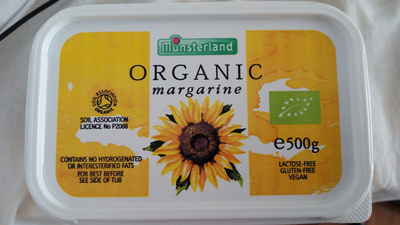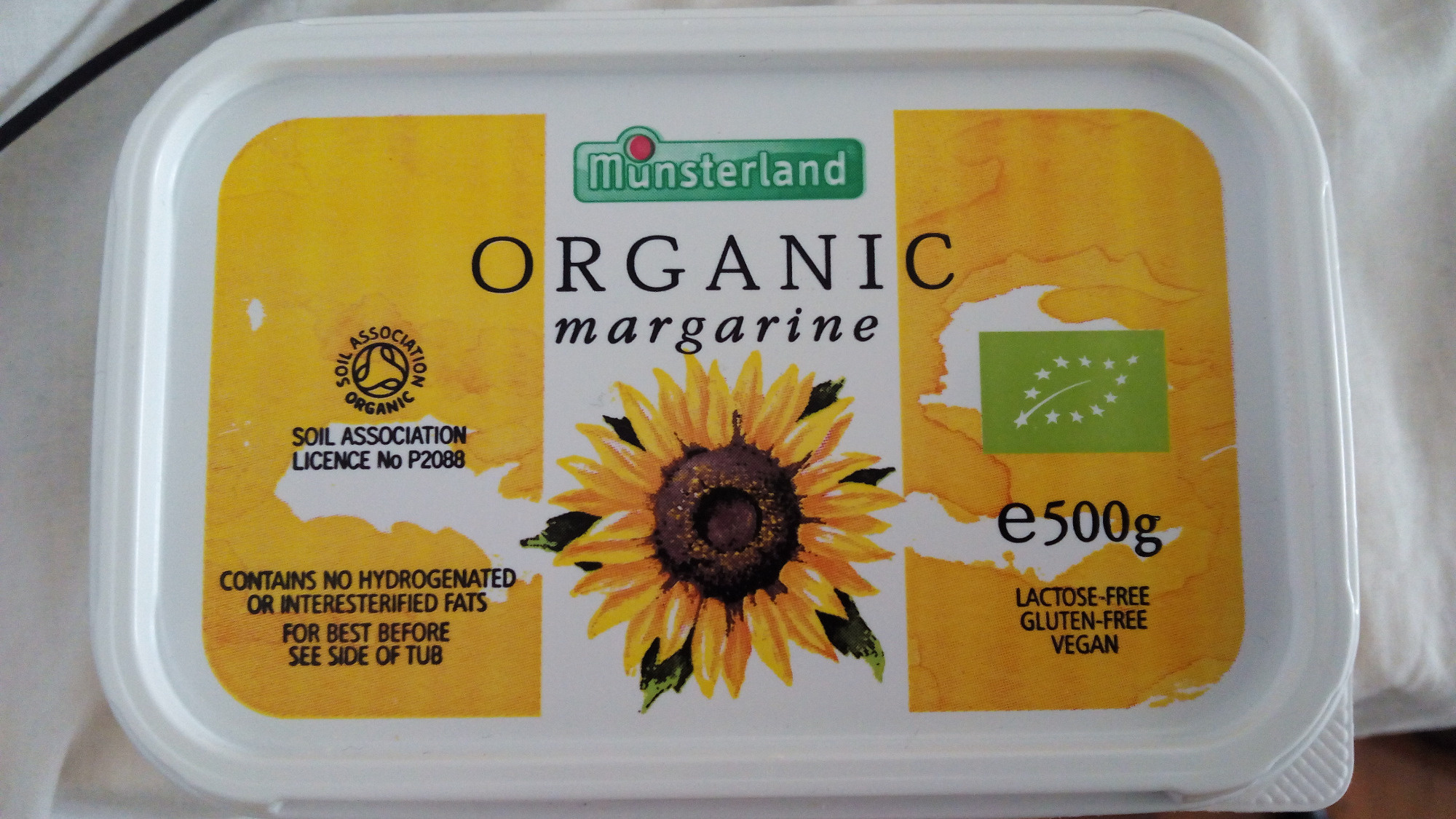Margarina Orgánica - Münsterland - 500 g
This product page is not complete. You can help to complete it by editing it and adding more data from the photos we have, or by taking more photos using the app for Android or iPhone/iPad. Thank you!
×
Barra-kodea: 4000349222244 (EAN / EAN-13)
Izen arrunta: Margarina orgánica
Kopurua: 500 g
Ontziratzea: en:Plastic
Markak: Münsterland
Kategoriak: en:Plant-based foods and beverages, en:Plant-based foods, en:Fats, en:Spreads, en:Plant-based spreads, en:Salted spreads, en:Spreadable fats, en:Vegetable fats, en:Margarines
Etiketak, ziurtagiriak, sariak:
en:No gluten, en:Organic, en:Vegetarian, en:EU Organic, en:Vegan, en:No lactose, en:Soil Association Organic, es:Soil Association License

Manufacturing or processing places: Alemania
Dendak: Ecosabor
Saltzen diren herrialdeak: Espainia
Matching with your preferences
Health
Osagaiak
Food processing
Gehigarriak
Ingredients analysis
Elikadura
Ingurumena
Carbon footprint
Ontziratzea
Transportation
Threatened species
Etiketak
Report a problem
Datuen iturria
Product added on by sgalan
Last edit of product page on by naruyoko.
Produktuaren orria -gatik editatua jbarcelona, packbot, roboto-app.







